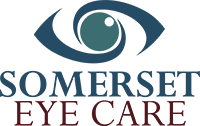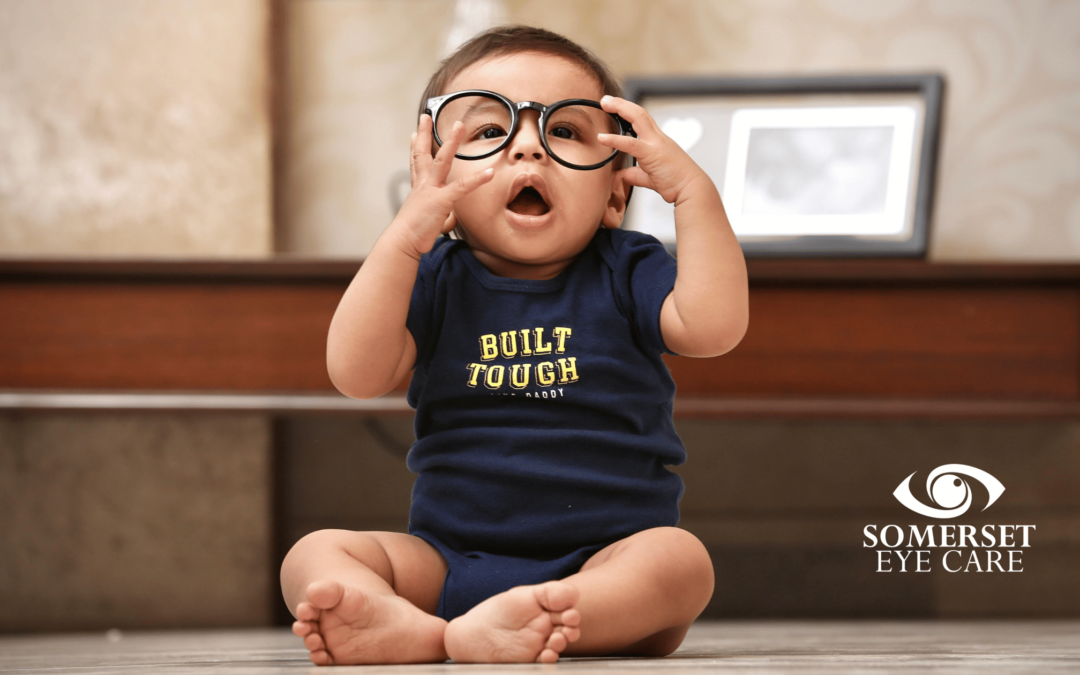As a parent, few things are more important than safeguarding your child’s health, happiness, and success. One area that often gets overlooked until problems arise is vision. Childhood myopia (also known as nearsightedness) has been steadily on the rise across the globe, including right here in North Brunswick, NJ. Yet many parents aren’t fully aware of how much myopia in kids can impact learning, development, and overall quality of life if left unmanaged.
At Somerset Eye Care, we’re passionate about protecting children’s vision and helping families manage childhood myopia proactively. Keep reading to learn more about why myopia in kids is becoming more common, how it affects your child’s education, and what steps you can take to protect your children’s future.
Childhood Myopia: The Growing Concern
Myopia is a refractive error that causes distant objects to appear blurry while close-up objects remain clear. It typically develops in school-aged children and can progressively worsen during adolescence if not addressed. Unfortunately, the global rates of childhood myopia are climbing faster than ever before.
Experts estimate that by the year 2050, nearly 50% of the world’s population is projected to be myopic. Alarmingly, much of this increase is driven by the development of myopia during childhood.
The prevalence of myopia in the United States in kids aged 5 to 19 has doubled over the past 50 years, now affecting around 42% of children. These numbers underscore why it’s more crucial than ever for parents to prioritize their child’s eye health.
Why Are So Many Kids Developing Myopia?
Several environmental and genetic factors are fueling this dramatic rise in childhood myopia, including:
- Increased Screen Time: Children are spending more hours on digital devices like tablets, smartphones, and computers, focusing their eyes on close objects for extended periods.
- Reduced Outdoor Activity: Research has consistently shown that children who spend more time outdoors are less likely to develop myopia.
- Genetic Predisposition: If one or both parents have myopia, their children are at a significantly higher risk of developing it as well.
This “perfect storm” of modern lifestyle changes combined with hereditary factors is driving an unprecedented surge in myopia in kids.
The Impact of Myopia on Learning and Academic Success
Vision is fundamental to a child’s learning and development. It’s estimated that 80% of learning during the first 12 years of life comes through the eyes. If a child struggles to see clearly, their academic performance and classroom experience can suffer greatly.
Children with uncorrected or progressive childhood myopia may face challenges such as:
- Difficulty reading the whiteboard or classroom projections
- Problems participating in sports and physical activities
- Trouble copying notes accurately from a distance
- Eye strain, headaches, and reduced concentration during schoolwork
- Frustration, lowered self-esteem, and withdrawal from classroom engagement
These struggles can create a ripple effect, impacting grades, social development, and overall well-being.
Sadly, many children don’t even realize they have a vision problem. Instead, they adapt by sitting closer to the board, squinting, or avoiding activities that require clear distance vision. Without intervention, their academic potential and self-confidence may suffer unnecessarily.
Early Warning Signs of Myopia in Kids
Recognizing the signs of childhood myopia early can make a huge difference. As a parent, be alert for these common symptoms:
- Frequent squinting when looking at distant objects
- Holding books or tablets very close to the face
- Sitting unusually close to the television
- Complaints of headaches or eye fatigue
- Difficulty seeing the whiteboard or signs
- Decreased interest in outdoor activities
If you notice any of these behaviors, it’s important to schedule a comprehensive eye exam promptly. The American Optometric Association recommends that comprehensive eye exams for children begin at 6 months old, 3 years old, before starting school, and then annually thereafter.
How Parents Can Help Slow the Progression of Childhood Myopia
While we may not be able to prevent childhood myopia entirely, research shows that certain strategies can help slow its progression:
- Prioritize Outdoor Time
Spending at least 90 minutes outdoors daily has been linked to a reduced risk of developing myopia in kids. Natural sunlight and long-distance focusing while playing outside help the eyes develop more healthily.
- Manage Screen Time
Implement the 20-20-20 rule: every 20 minutes of screen time, encourage your child to look at something 20 feet away for at least 20 seconds. Breaks like these help reduce eye strain and maintain healthier vision.
- Encourage Good Reading Habits
Make sure your child reads in a well-lit environment and maintains a healthy reading distance of at least 14-16 inches. Discourage reading while lying down, which often brings the book too close to the eyes.
- Schedule Regular Eye Exams
Routine eye exams are vital for early detection and monitoring of myopia progression. Early diagnosis allows for timely intervention and tailored treatment plans.
- Consider Myopia Control Treatments
New advancements in myopia control offer hope for slowing its progression. These treatments include:
- Orthokeratology (Ortho-K) lenses: Special contact lenses worn overnight to reshape the cornea.
- Multifocal soft contact lenses: Designed to slow the elongation of the eye.
- Atropine eye drops: Low-dose atropine can slow myopia progression.
- Specialized glasses lenses: Innovative lenses like MiSight® are proven to control childhood myopia progression.
Your eye care provider can recommend the best course of action based on your child’s unique needs.
How Somerset Eye Care Supports Families in Managing Childhood Myopia
At Somerset Eye Care in North Brunswick, NJ, we specialize in comprehensive pediatric vision care, including the early detection and management of childhood myopia. We are committed to partnering with families to ensure that every child has the clearest, healthiest vision possible.
Our services for myopia in kids include:
- Comprehensive Pediatric Eye Exams: Pediatric eye exams in North Brunswick, NJ are tailored specifically to detect early signs of myopia and other vision issues.
- Customized Myopia Control Plans: The myopia management experts at Somerset Eye Care offers a range of options from Ortho-K lenses to atropine therapy.
- Parental Guidance: Educating families about lifestyle adjustments and daily habits that support better vision health.
- State-of-the-Art Technology: Using advanced diagnostic tools to track myopia progression and adjust treatments as needed.
We understand that every child is different, and we take the time to create personalized care plans that meet their individual needs.
Why Early Intervention Matters
Managing childhood myopia isn’t just about helping kids see better today — it’s about protecting their vision for a lifetime. High levels of untreated myopia can lead to serious eye health complications later in life, such as:
- Retinal detachment
- Glaucoma
- Cataracts
- Myopic macular degeneration
By taking action early, parents can help reduce the risk of these serious conditions and set their children on a path toward long-term vision health.
Take the First Step in Protecting Your Child’s Vision
If you suspect your child might be struggling with their vision, or if it’s simply time for their annual eye exam, Somerset Eye Care is here to help. Our caring team will guide you through every step, from diagnosis to treatment to ongoing care.
Clear vision leads to bright futures. Schedule your child’s comprehensive eye exam with Somerset Eye Care in North Brunswick today — and take a proactive step toward protecting their success, confidence, and happiness.
Contact Somerset Eye Care today by calling 732-338-0829 or book your eye appointment online and learn more about our advanced options for managing childhood myopia.


